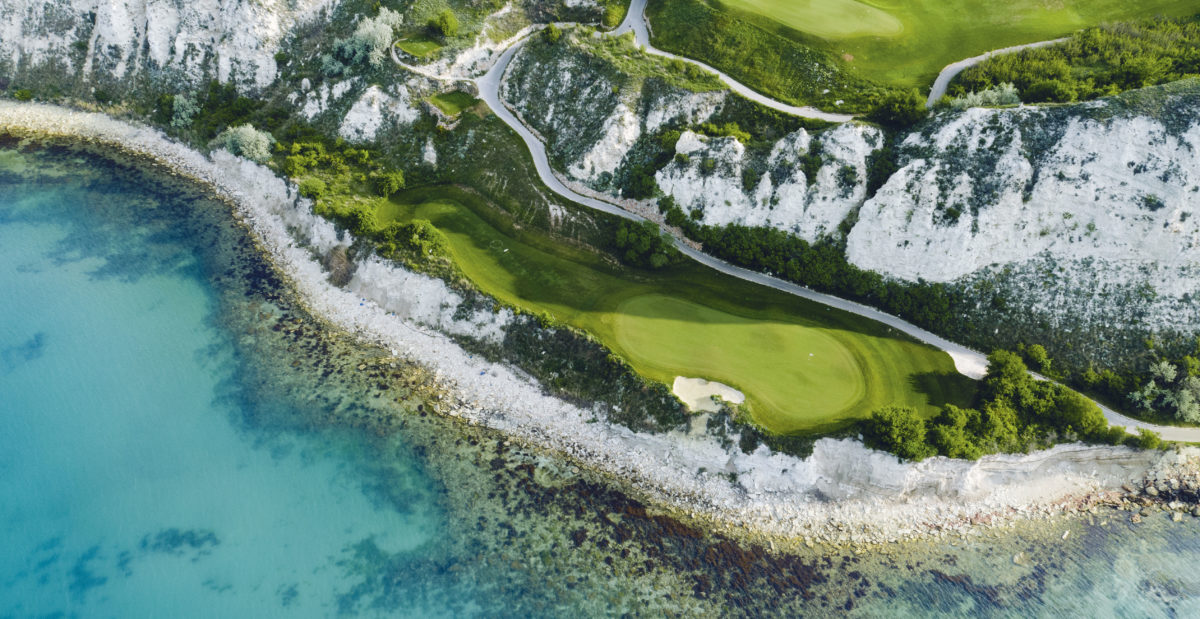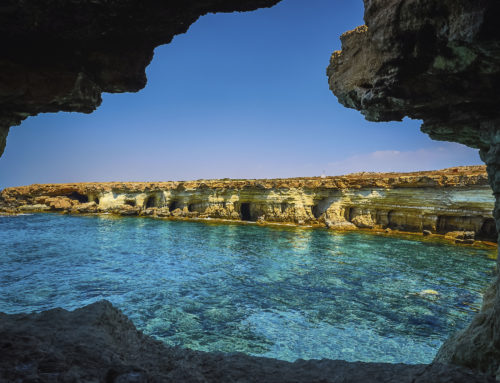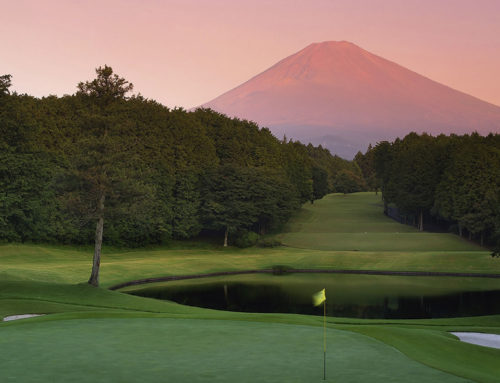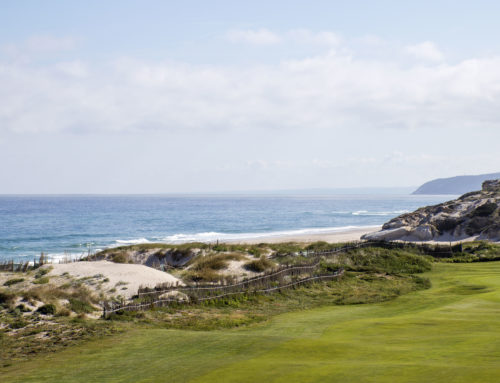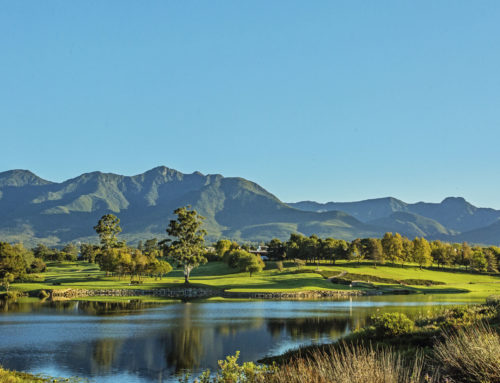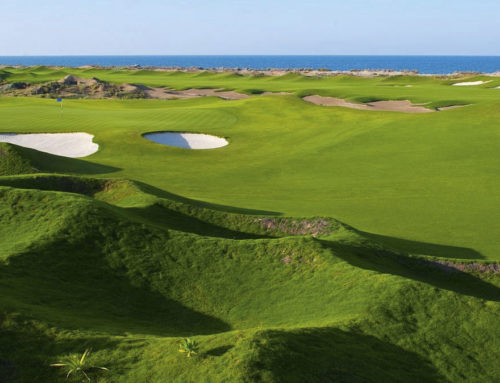Depending on your knowledge of ancient history, the Thracians might not be a people you know too much about, yet four thousand or so years ago their tribes occupied large chunks of what’s now Bulgaria. They had their say in history at numerous stopping points; they were considered barbarians by the Greeks, but they were allies of the Trojans in the Trojan War, and more importantly they were responsible for making wine in Bulgaria. They were so good at it, that it’s said in the second century the Roman emperor Antoninus Pius protected part of the land.
That initial pedigree continued through the ages, right up to the 1970s and 1980s, when Bulgaria was the fourth biggest wine producer on the planet, albeit nobody outside of the Soviet Union would ever so much as taste a drop. After the fall of communism, production slid dramatically, until boutique wineries began to emerge and a scene was built that’s won plaudits the world over.
Today, across five regions, there are 262 wine producers, 52 PDOs (protected designation of origin) and two PGIs (protected geographical indication) with 17.5m tons of wine being produced and £15.6m worth exported. People across Europe are beginning to get a taste for the country’s reds, whites and dessert wines. They win awards too, and acclaim has been pouring forth; Washington Post writer Dave McIntyre commented of a Bulgarian red, “This wine shows that Bulgaria isn’t just a source of bargains but has potential for greatness.”
Like the wine, in most aspects of travel and tourism, the ‘greatness’ of Bulgaria is often understated, perhaps because people just don’t know enough about it. A burgeoning wine scene — full of hidden-gem wines to give oenophiles plenty to boast about when they discover one — is avery good reason to put together a package for the discerning golf traveller. Another is the stunning landscapes, sculpted largely by the Danube River running through the north and the picturesque (in an epic way) Balkan Mountains slicing the country in two from west to east. Mount Musala, at 9,596 ft is the highest. This is a topography which lends itself to hiking adventures, particularly the Pirin National Park, and with a countryside dotted with some 120 monastries (and a few spectacular castle ruins), you’re never far from potential spiritual healing either.
The towns and villages go from pretty rural and coastal spots to larger towns and cities with intriguing Stalinist architecture, stunning cathedrals, and Roman amphitheatres. A history as varied as Bulgaria’s tends to leave its mark on a place, with every building having its own story to tell, either modern or ancient.
In a country bordered by Turkey and Greece to the south, Macedonia and Serbia to the west and with Romania looking down from the north, the Black Sea Coast gives Bulgaria the breathing space it needs with some 235 miles of coastline, of which sandy beaches occupy a good 100 miles.
The port city of Varna, with its naval base, seaside resort vibe and Roman baths, is a natural port of call, but golfers won’t want to hang around too long. They’ll instead want to head 40-50 minutes north along the coast to find Cape Kaliakra, close to the Romanian border. Among other historical treasures are a fortress once used by the Thracians, Romans and Byzantines, and for nature lovers, nearby Durankulak Lake is home to some 250 rare species of assorted bird, animal and plant life.
More importantly to some though, Cape Kaliakra is also home to three stunning modern golfing destinations: Lighthouse Golf Resort, Black Sea Rama and Thracians Cliffs Golf & Beach Resort. First up is Lighthouse Golf Resort (lighthousegolfresort.com, green fees from £88), a par 71, 20,000ft links-style course designed by Ian Woosnam and a regular in Europe’s top 100 lists, it’s also been a host for the European Tour Senior Classic. This is, however, only the beginning of your Bulgarian golf odyssey; it is in the mind of many visitors a nice warm-up.
A short drive away (both in the motoring and golfing sense of the word) is Black Sea Rama (blacksearama.com, green fees from £100), the work of Gary Player and with a killer signature 18th hole where a wayward shot could see your ball plummet down the cliff. The views on this course are the reason to come here. While the par 72, 22,000ft course has been created on comparatively flat terrain, it’s got plenty going for it, with the links style championship course always giving continual sight of the sea. That alone would have been enough for it to warrant the accolade of ‘best new golf course’ it was given by Golf Inc magazine when it opened in 2009.
The best, though, is the furthest up the coast (albeit no more than 10 minutes from Black Sea Rama) and that’s Thracian Cliffs (thracianclifs.com, green fees from £132). Jacob Sjoman, a world-renowned golf course photographer, said of the course: “One of the most spectacular courses I’ve ever come across. Golfing along cliff sides right next to the Black Sea with stunning scenery everywhere you turn. Most of the holes here would easily qualify as a signature hole at other golf courses.”
Dramatic, wild, pristine, world-class — you can throw any compliment at Thracian Cliffs and it’ll suit. The work of Gary Player, it hosted the World Match Play Championship in 2013 — won by Graeme McDowell — and has also won European Golf Resort of the Year. As you’d want from a course in such a location, you can see the Black Sea from every hole, but it’s also one to challenge even the best, with some seriously long holes — though it’s a 725ft, par-3 that gets signature status. Cut out from the cliff, when you tee off the sixth hole, you’re surrounded by sea on one side, so any veering from the right path and your ball meets a watery grave — like thousands before it. Gary Player, admittedly, perhaps a tad biased, said of his cliff-side creation: “You’ll not find a golf course like this anywhere on the planet.”
Not very modest, but undoubtedly true.

